Fergus Feehily (born 1968, Dublin), makes art through constant experimentation.
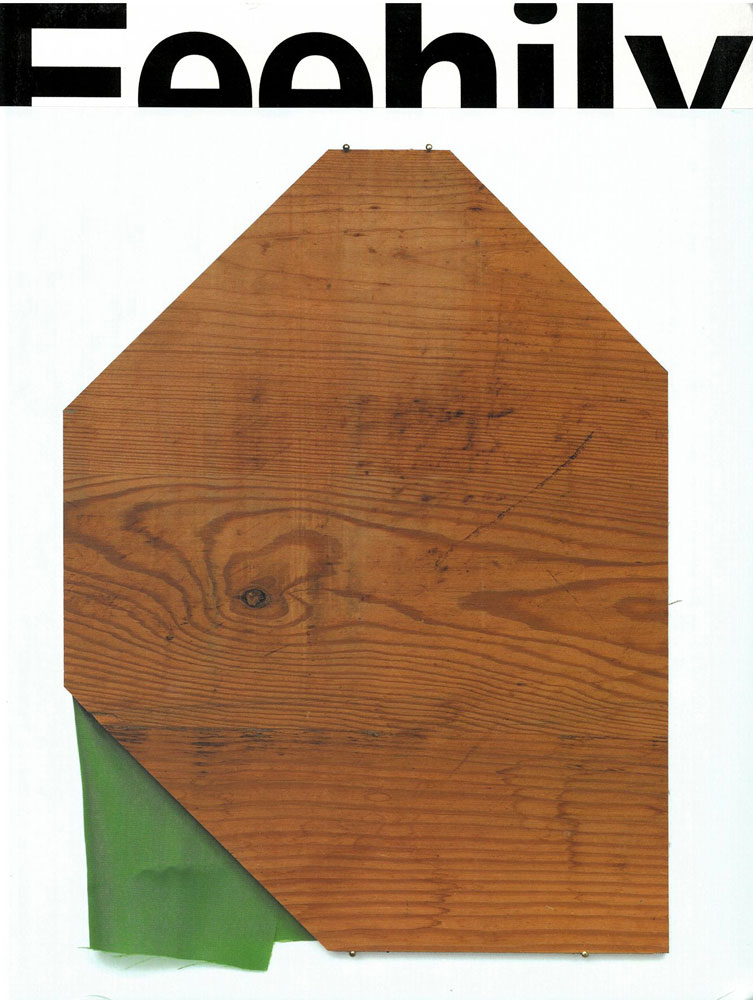
Martin Herbert, Chris Sharp And Sarah Braman
Zolo Press, 2023
pp 224 illustrated h/b
€68 ISBN: 979-8-98609-303-1
Seán Kissane
Fergus Feehily (born 1968, Dublin), makes art through constant experimentation. He challenges conventional notions of what a painting or installation might be, with materials that often include scraps of wallpaper or fabric, using erratic brushstrokes. This artist’s book holds roughly fifteen years of Feehily’s practice. It is reticent about explaining the work. The three essays included are not quite an afterthought, but they only occupy 7 pages out of 230, emphasising how this is a book about images, not words.
It includes roughly 100 of Feehily’s paintings and installations, along with a compilation of sources entitled ‘Collections of Things’. These have significance to the artist, and they serve as a window into his creative process. Introspection is one of Feehily’s working methods, and the first section includes a text by him from 2009, which is a nostalgic recollection of summer 1979. It draws connections between Chinese pagodas, Lao Tzu’s concept of pleasure in reclusion and the multiverse theory. This short memoir functions as a foreword for the publication, introducing the artist’s worldview, aesthetic modes and concerns.
The book’s design, sensitive to the artist’s aesthetic, resists the temptation to enlarge images to fill the page, meaning that some tiny objects are reproduced at their full scale, given a double-page spread and lots of air to breathe. This conceit offers a glimpse into the notions of hierarchy within Feehily’s practice, as well as to the value he ascribes to certain objects, which may or may not be those destined for the gallery wall. Chris Sharp’s essay tackles this idea, delving into the often contradictory relationship between everyday objects and art.
The images presented in this book are somewhat unrelenting in their variety. Martin Herbert responds, writing that Feehily can ‘set up a schism in his own practice’. Here, Herbert aims to produce a useful text, and packs in multiple references and ways of entry into the work, a real challenge in such a diverse practice. Artist Sarah Braman takes the opposite approach. She lands on birdwatching as a pastime. She proposes that, like birdwatching, Feehily’s paintings present a reflection on the experience of looking. Hers is an exhortation towards slowing down and quiet looking.
This is an attractive volume, with good hand-feel, and carefully bound, so that it opens easily and is comfortable to read. The book has good eco-credentials, having been printed on wood-free paper. An unusual feature is the number of images that have been photographed at an angle, so that their painted and worked sides are visible. This gives an added lift to the design and flow, as the paintings’ three-dimensionality is foregrounded. This book doesn’t make any grand claims for itself, aside maybe from giving the reader a sense of the artist’s practice, and this it does very well. Paradoxically, for all the diversity evident here, there is a restraint at play, and the book retains a gorgeous, meditative quality.
Seán Kissane is Curator of Exhibitions at IMMA.
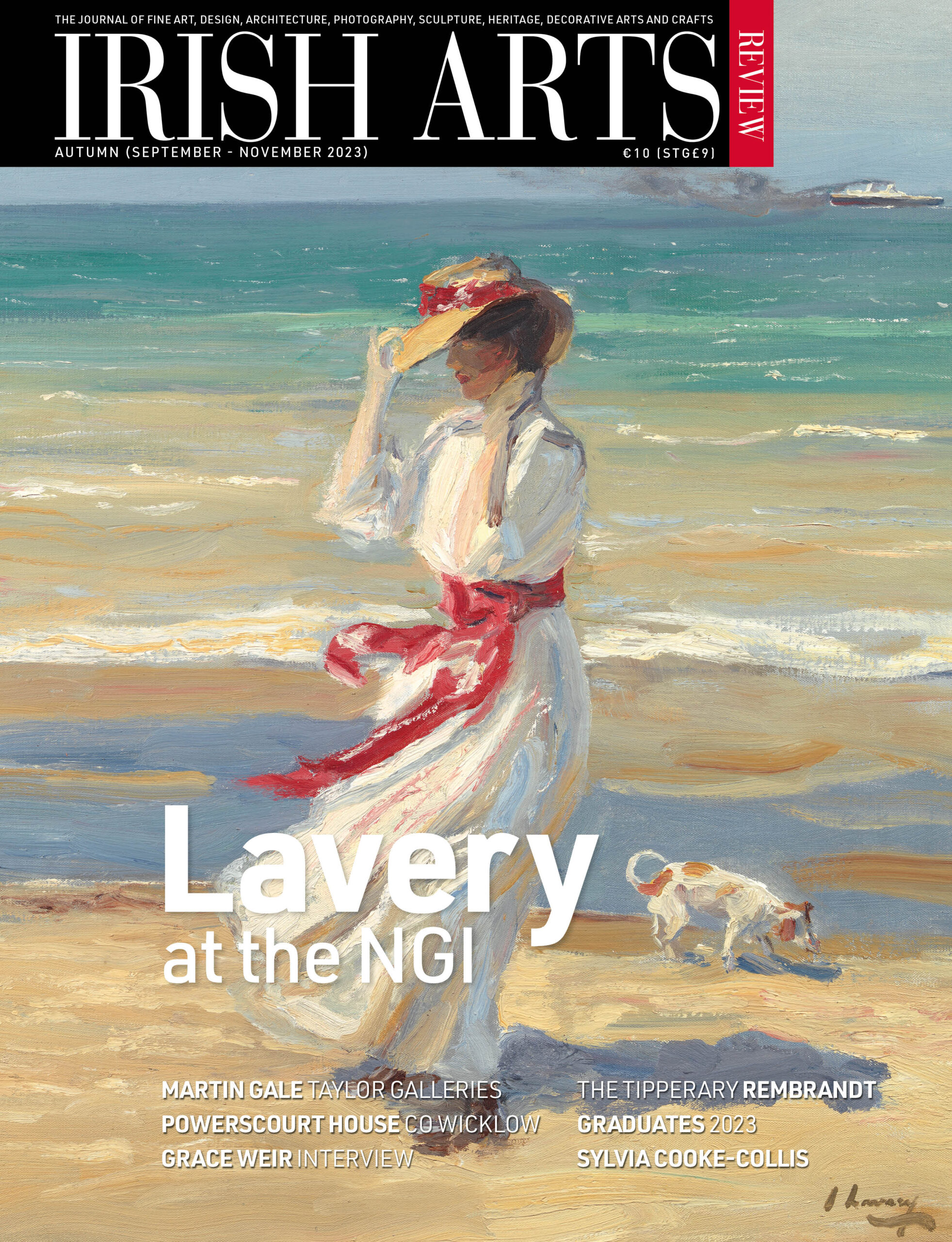
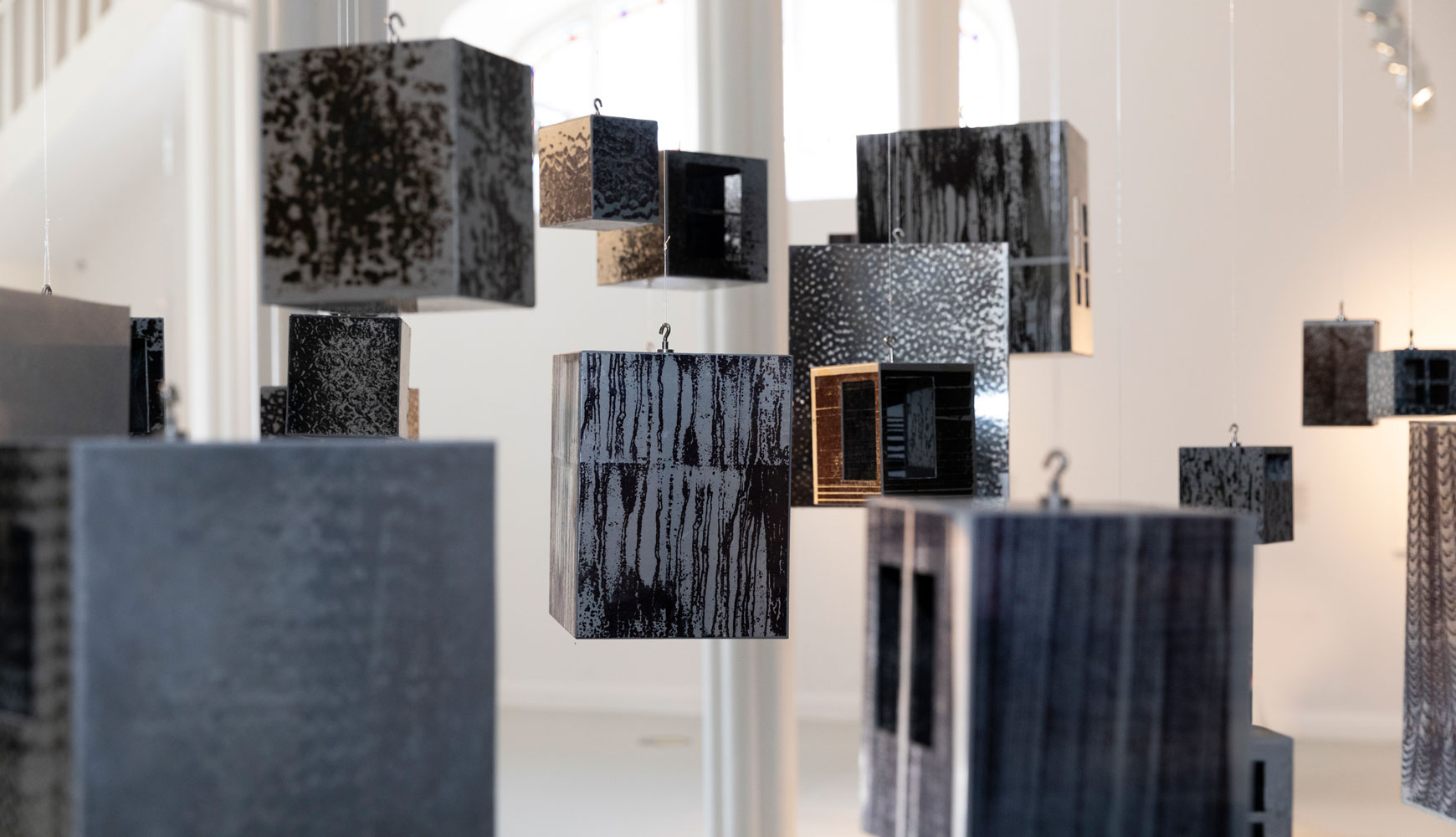
Aoife Ruane looks at artist Niamh McGuinne’s work, on show at the Highlanes Gallery
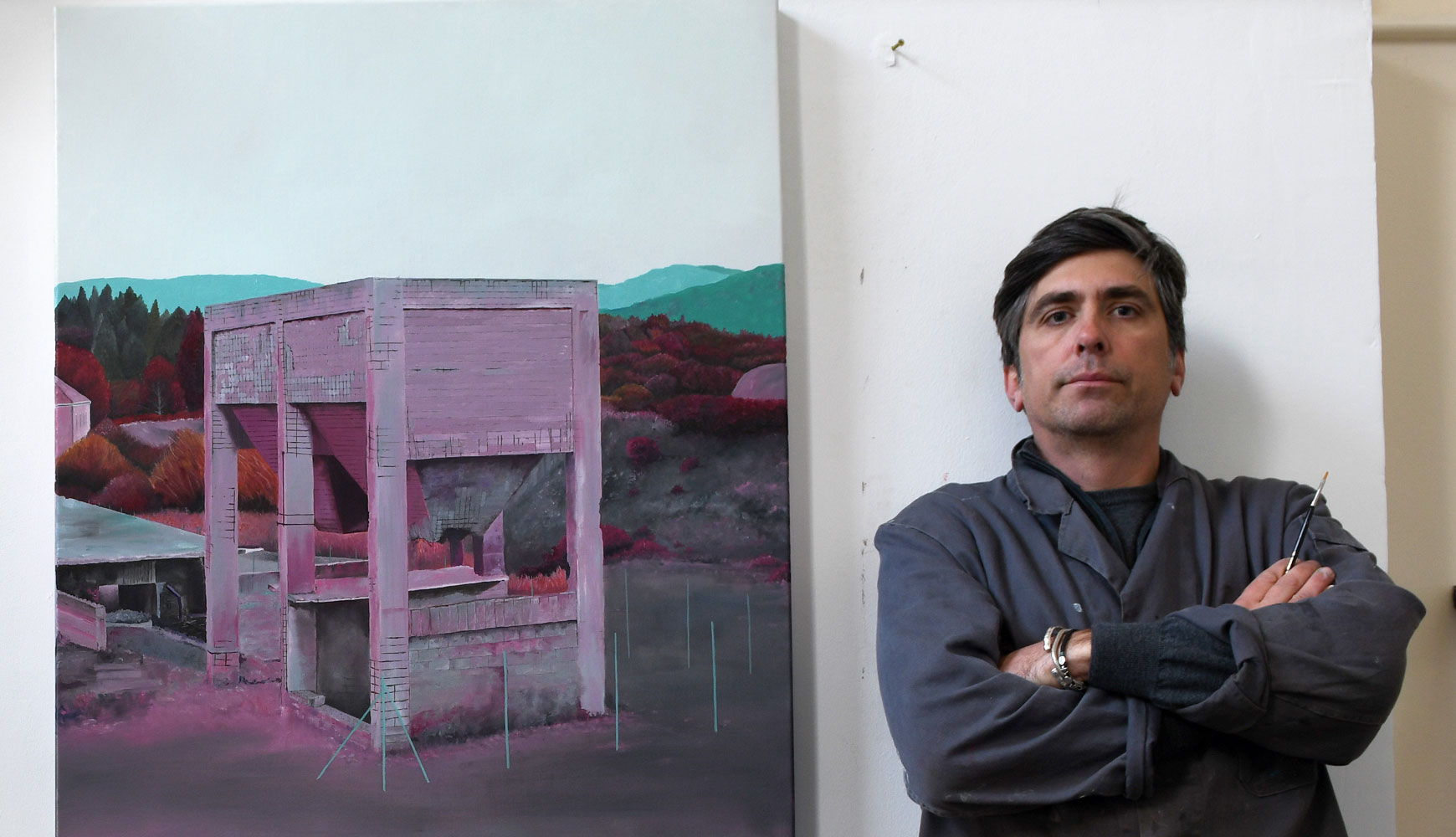
Pascal Ungerer’s peripheral landscapes evoke a sense of silence and isolation , writes Margarita Cappock
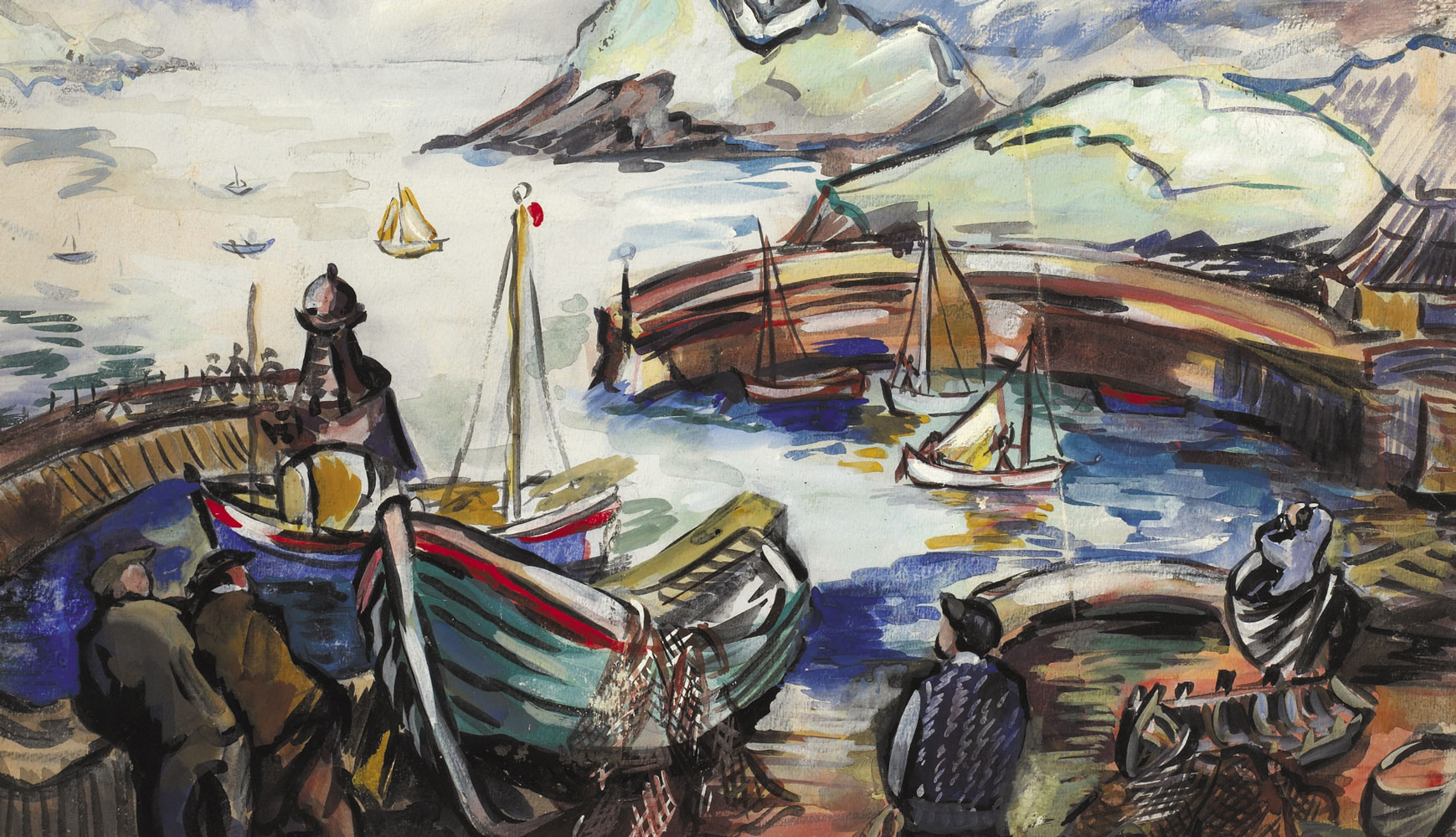
On the fiftieth anniversary of her death, Michael Waldron assesses the work of Cork artist Sylvia Cooke-Collis